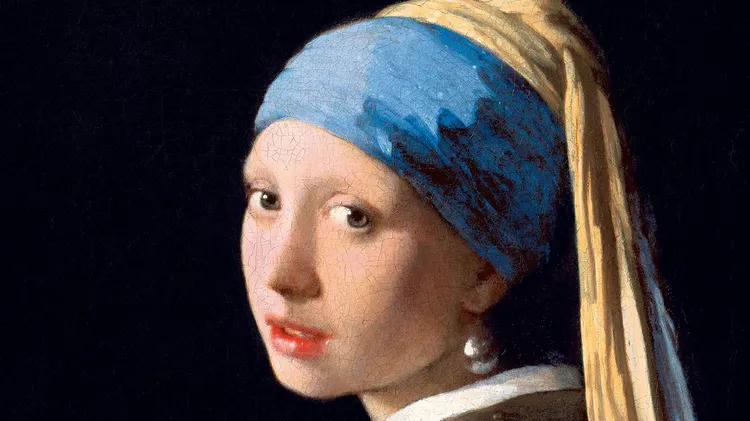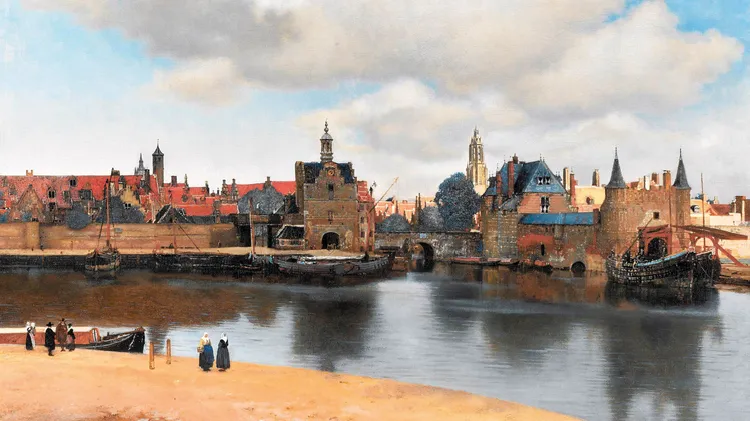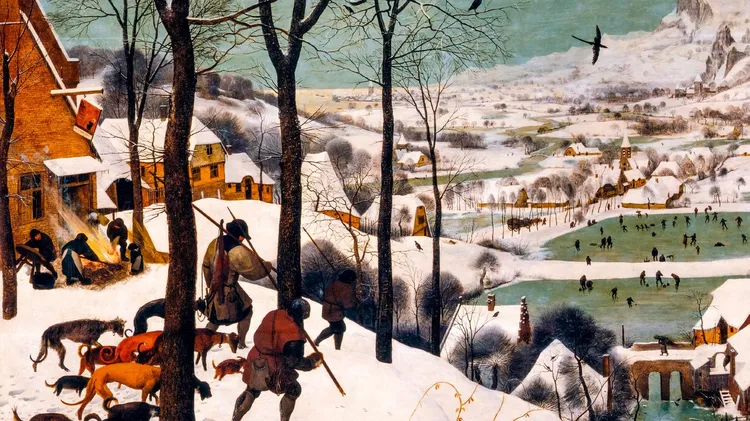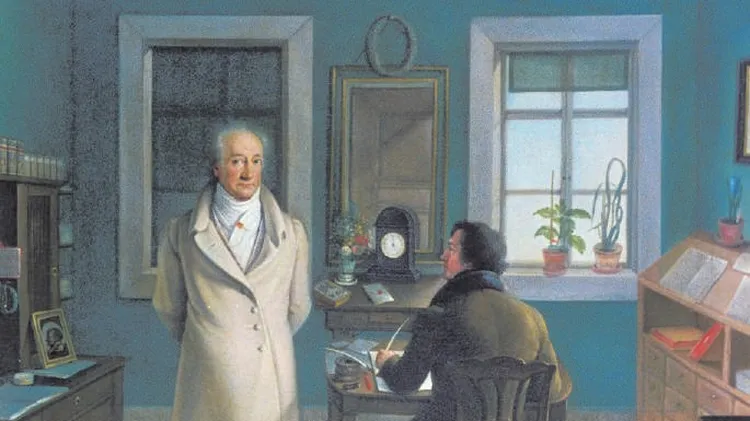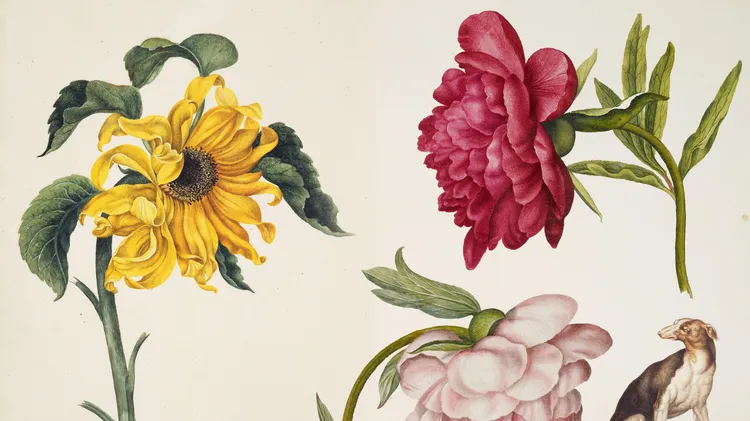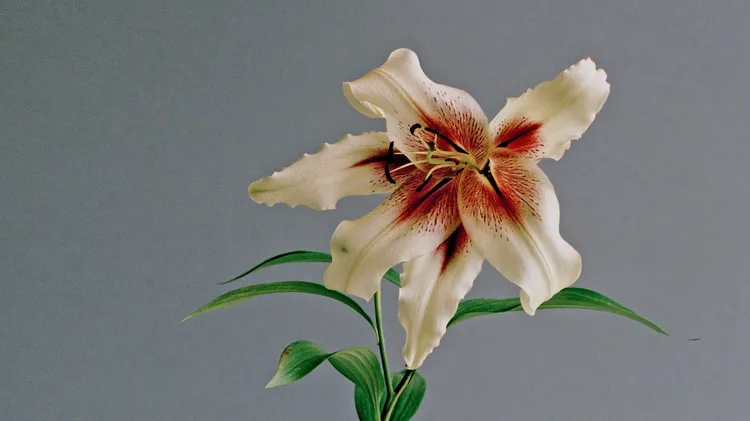An exhibition at the Royal Academy finally does justice
Why the world went ‘angelica mad’
6 min read
This article is from...
Read this article and 8000+ more magazines and newspapers on Readly

